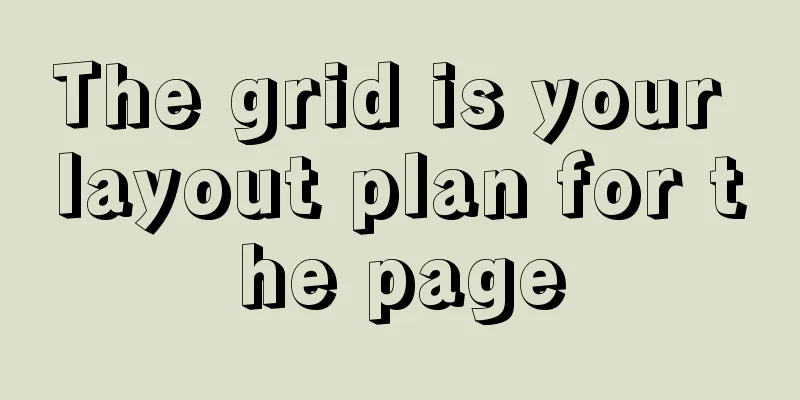CSS3 uses the transition property to achieve transition effects

|
Detailed description of properties The purpose of the transition attribute is to make some CSS properties (such as background) appear with a smooth transition effect. It is a combined attribute that is composed of the following four attributes:
Example:
button{
transition: background 1s;
-webkit-transition: background 1s; /* Safari */
}When defining transition properties, transition-property and transition-duration are required, and the other two are optional. transition-property and transition-duration transition-property is used to specify the CSS properties for applying transition effects. These properties include (may not be complete):
The transition-duration property is used to set the duration of the transition effect of the specified property, which can be seconds (s) or milliseconds (ms). transition-delay and transition-timing-function transition-delay is used to set the time when the transition effect starts. The default value is 0 and can be seconds (s) or milliseconds (ms). If transition-delay is a negative number, it means that the transition effect starts early. transition-timing-function is used to set the transition effects, which include:
Example:
button{
transition: background 1s ease-in-out 2s;
-webkit-transition: background 1s ease-in-out 2s; /* Safari */
}Multiple attributes For multiple properties, the effects of each property are separated by commas:
button{
transition: background 1s ease-in-out 2s, width 2s linear;
-webkit-transition: background 1s ease-in-out 2s, width 2s linear; /* Safari */
}compatibility Internet Explorer 10, Firefox, Opera, and Chrome support the transition property. Safari supports the alternative -webkit-transition property. Internet Explorer 9 and earlier versions do not support the transition property. trigger It should be noted that transition effects require previously defined properties, and transition effects are applied through triggers, such as :hover, :focus, and :active. Summarize The above is what I introduced to you about using the transition attribute in CSS3 to achieve transition effects. I hope it will be helpful to you. If you have any questions, please leave me a message and I will reply to you in time. I would also like to thank everyone for their support of the 123WORDPRESS.COM website! |
<<: Two simple ways to remove text watermarks from web pages
>>: Detailed explanation of the basic usage of VUE watch listener
Recommend
HTML table markup tutorial (1): Creating a table
<br />This is a series of tutorials provided...
Markup language - simplified tags
Click here to return to the 123WORDPRESS.COM HTML ...
HTML+CSS merge table border sample code
When we add borders to table and td tags, double ...
Vue conditional rendering v-if and v-show
Table of contents 1. v-if 2. Use v-if on <temp...
Some tips on deep optimization to improve website access speed
Some tips for deep optimization to improve websit...
Detailed explanation of nginx request header data reading process
In the previous article, we explained how nginx r...
Summary of commonly used multi-table modification statements in Mysql and Oracle
I saw this question in the SQL training question ...
Two implementation solutions for vuex data persistence
Table of contents Business requirements: Solution...
Vue based on Element button permission implementation solution
Background requirements: The ERP system needs to ...
How to load the camera in HTML
Effect diagram: Overall effect: Video loading: Ph...
How to deploy LNMP & phpMyAdmin in docker
Environmental preparation: Deploy lnmp on a host ...
WEB Chinese Font Application Guide
Using fonts on the Web is both a fundamental skill...
Detailed explanation of writing and using Makefile under Linux
Table of contents Makefile Makefile naming and ru...
MySQL transaction analysis
Transaction A transaction is a basic unit of busi...
JavaScript operation element examples
For more information about operating elements, pl...









